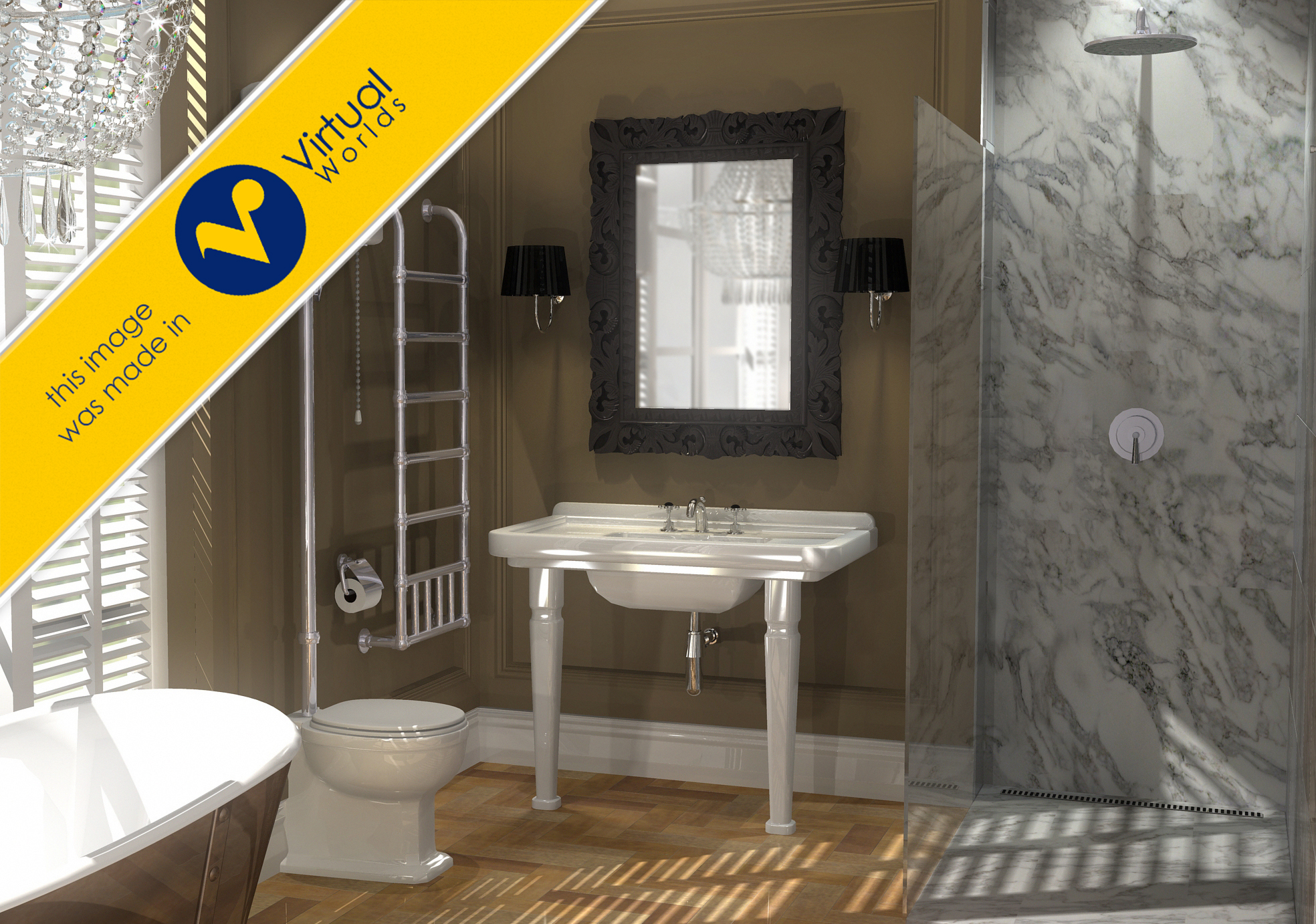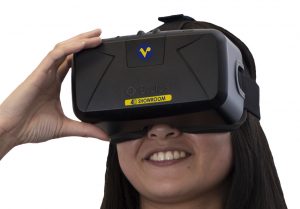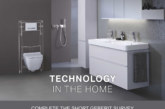
Nathan Maclean, Managing Director at Virtual Worlds, examines the latest developments in CAD technology and suggests what you should be looking for to ensure the solution is right for your business.
Sharing a final design with a customer is a vital part of the sales process for housebuilders – after all, how can you expect a customer to buy into the design if they can’t envisage what it would be like to live there?
The development of CAD over the last few years has meant that now, more than ever before, there is potential for housebuilders to utilise the ‘try before you buy’ method to help customers envisage their dream home, even before a single brick has been laid.
Make no mistake, technology has moved on in leaps and bounds since 2D flatplans were first introduced to the marketplace. But today, customers expect a snazzy 3D render as a minimum, and technological opportunities exist to not only deliver on their expectations, but also move dramatically beyond them.
 Immersive reality
Immersive reality
When it comes to CAD for the housebuilding industry, immersive reality is currently the big buzz word. It’s used to define any technology which removes you from the real world and places you into the space you’re considering purchasing.
Not only does it show how much difference a relatively small additional investment would make, making upselling easier, it also gives customers complete peace of mind to sign off on a purchase.
The most commonly known piece of immersive technology is virtual reality (VR). This uses a headset to transport customers into a space that simulates how their finished home will look.
This technology is still in a relatively early stage of adoption, which means that there are many different variations for housebuilders to try: from faux 3D models, which simply create a 3D image allowing users to look around from a stationary position, to fully immersive true VR headsets which realistically simulate what it would be like to set foot in the room once it’s been built.
While the latter requires more investment, it is the best way for buyers to replicate the experience of walking into their new home. True VR has a certain ‘wow factor’ to it, with homes recreated in precision detail.
Inevitably, the level of investment available will determine the extent to which showrooms are able to adopt VR, but going for the most advanced package will shorten the sales cycle by convincing customers to make the purchase more quickly. It also helps them to determine what they like earlier in the buying cycle.
“For housebuilders, immersive reality sales solutions will increasingly represent a valuable marketing tool during the sales process”
Augmented reality
Virtual reality is not the only tool available to housebuilders; augmented reality (AR) has begun to take an increasingly prominent role in the public consciousness. It works by layering artificial images over the top of reality, using a device such as an iPad or iPhone.
For housebuilders, this can allow them to demonstrate products to customers and showcase how they would work in real life. In essence, it can bring product brochures to life by turning 2D printed images into objects that the customer can place in the room and walk around.
The potential for this technology is huge, with options for housebuilders to use it in a showroom, or even help the customer download the app so they can take objects home to show friends and family.
Virtual Worlds offers both VR and AR systems which can help housebuilders to generate sales and tailor the finished design to their customers’ requirements. 4D Theatre offers a highly realistic, true VR suite, while Virtual Worlds AiR taps into a catalogue of more than 100 manufacturers to deliver AR models through a free app available on any iOS device.
For housebuilders, immersive reality sales solutions will increasingly represent a valuable marketing tool during the sales process. By selecting the right products now, they can shorten the sales cycle, increase customer satisfaction and position their business to thrive in this period of rapid technological advancement.








